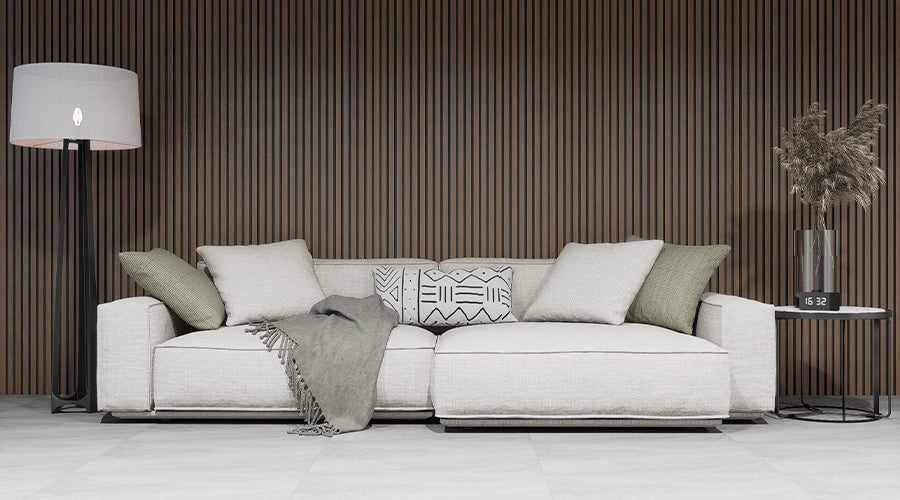
Japanese Wall Panels: Adding an Artistic Touch to Your Home Decor
If you're looking to add a unique touch to your home decor, Japanese wall panels might be the perfect solution. These panels have been used in Japanese homes for centuries, not only as a decorative element but also as a practical solution to divide and organize living spaces.
In this blog post, we'll explore the history of Japanese wall panels, the different styles available, and how to install them in your home. We'll also answer some frequently asked questions to help you make an informed decision.
History of Japanese Wall Panels
Japanese wall panels, also known as shoji screens, have been a prominent feature of Japanese architecture for centuries. These panels were originally used in Japanese temples and castles as a way to partition living spaces and provide privacy.
The first shoji screens were made from wood and paper, but over time, they evolved to incorporate other materials such as silk and glass. Today, Japanese wall panels are available in a variety of styles, ranging from traditional to modern, and are used both in Japan and around the world as a decorative element.
Styles of Japanese Wall Panels
There are many different styles of Japanese wall panels available, each with its own unique features and design elements. Here are some of the most popular styles:
-
Fusuma: These are sliding doors made from wood and paper, commonly used in traditional Japanese homes.
-
Shoji: These are similar to Fusuma, but they are made from a wooden frame with thin translucent paper panels. They are commonly used as room dividers or window coverings.
-
Byobu: These are freestanding Japanese screens made from a wooden frame with panels that can be painted or decorated with calligraphy.
-
Ranma: These are decorative panels that are placed above doors or windows, often featuring intricate carvings or paintings.
Installation of Japanese Wall Panels
Installing Japanese wall panels can be a great way to add a unique touch to your home decor, but it's important to follow the proper installation techniques to ensure they are secure and stable.
The first step is to determine where you want to install the panels and measure the space to ensure the panels will fit properly. Next, you'll need to install the frame, which can be made from wood or metal depending on your preference. Finally, you'll need to insert the panels and secure them in place.
FAQs about Japanese Wall Panels
Q: Are Japanese wall panels expensive? A: The cost of Japanese wall panels varies depending on the style and materials used. Fusuma and shoji screens tend to be more expensive than byobu or ranma panels.
Q: Can I install Japanese wall panels myself? A: While it is possible to install Japanese wall panels yourself, it's important to have the proper tools and skills to ensure a secure installation. It may be best to hire a professional to ensure the panels are installed correctly.
Q: Are Japanese wall panels easy to maintain? A: Japanese wall panels are relatively easy to maintain. Simply wipe them down with a damp cloth and avoid using harsh chemicals or abrasives.
Conclusion
Japanese wall panels are a beautiful and unique way to add an artistic touch to your home decor. Whether you opt for a traditional style or a modern interpretation, these panels are sure to make a statement in any living space. With the proper installation and maintenance, Japanese wall panels can be a long-lasting and practical addition to your home.
Wall Panels




